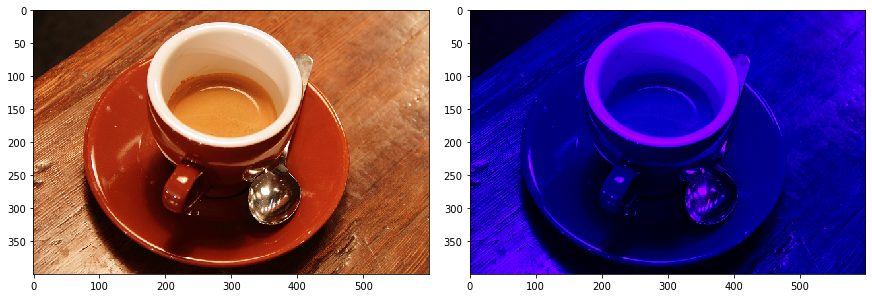Tutorial 4: Invertible Channel Mixing¶
Additive coupling layers (as implemented here) switch the roles of the two groups of input channels \(x_1\) and \(x_2\) at the end of computation. This way, “it’s each channel’s turn to be convolved” at some point. If we didn’t do that, the computational block \(F\) would operate on the same channels throughout the network.
A generalization of this “switching of channel groups” is to apply a general permutation of the \(n\) channels at the end. While it’s impossible to smoothly parametrize permutations (which makes training these by gradient descent an impossibility), we can parametrize something more general (or to be precise: a generalization of a subset of the set of permutations): the set of special orthogonal \((n \times n)\)-matrices. The parametrization is essentially the same as in the case of invertible up- and downsampling.
These matrices can then be used for orthogonally combining the input channels, which (due to orthogonality) is an invertible computation.
A simple example¶
In the following, we demonstrate invertible channel mixing
import numpy as np
from skimage import data
from matplotlib import pyplot as plt
import torch
from iunets.layers import InvertibleChannelMixing2D
# Load example image
img = np.array(data.coffee(), dtype=np.float32) / 255.
# Helper functions to transfer between Numpy and Pytorch
to_torch_rgb = lambda img: torch.Tensor(np.expand_dims(np.transpose(img,(2,0,1)), 0))
to_numpy_rgb = lambda img: np.transpose(img.detach().numpy(), (0,2,3,1))
# Transfer to Torch, reshape to batch of shape (1, 1, 512, 512)
torch_img = to_torch_rgb(img)
# Create learnable invertible downsampling layer
channel_mixing = InvertibleChannelMixing2D(
in_channels=3
)
# Create random weights
channel_mixing.weight.data = torch.randn(3, 3)
mixed = channel_mixing(torch_img)
mixed_np = to_numpy_rgb(mixed)
fig = plt.figure(figsize=(12,7),constrained_layout=True)
ax_array = fig.subplots(1, 2, squeeze=False)
ax_array[0, 0].imshow(img)
ax_array[0, 1].imshow(mixed_np[0])
img_reconstruction = channel_mixing.inverse(mixed)
print("MSE: {}".format(
torch.nn.functional.mse_loss(torch_img, img_reconstruction).item())
)
Output:
MSE: 6.993812132075408e-15

The example image before and after applying invertible channel mixing.¶
Invertible channel mixing in iUNets¶
Invertible channel mixing can be controlled inside of the iUNet by the following keywords:
channel_mixing_freq, which controls how often a channel mixing layer is applied. E.g.
The default value
channel_mixing_freq=-1only applies an invertible channel mixing before channel splitting and after channel re-concatenation. Default mode.E.g.
channel_mixing_freq=2applies an invertible channel mixing layer after every second additive coupling layer.
channel_mixing_freq=0does not apply invertible channel mixing.
channel_mixing_method, which controls the parametrization method for (special) orthogonal matrices. Current options:
"cayley": Cayley transform of a skew-symmetric matrix
"exp": matrix exponential of a skew-symmetric matrix
"householder": a product of Householder matrices
channel_mixing_kwargs, which can be used to provide additional keywords.
Currently only used if Householder transforms are used for parametrization, in which case
"n_reflections"controls the number of Householder reflections (defaults to using all possible reflections).